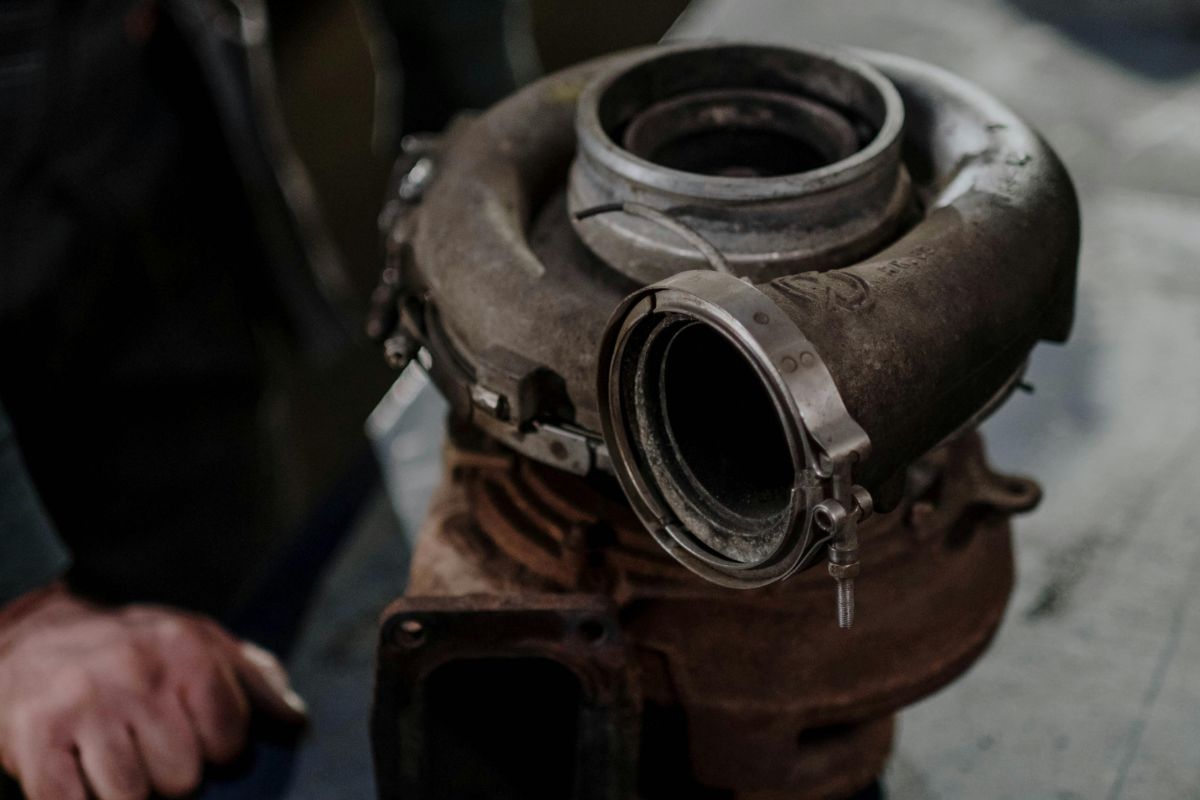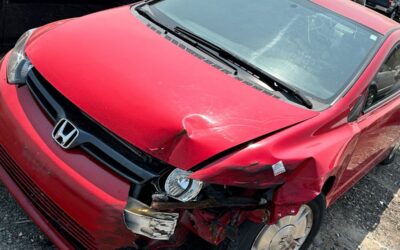Introduction
Owning a car comes with regular maintenance. No matter how well you drive or take care of your vehicle, some car parts will wear out over time. These parts may come in direct contact with dirt, air, and water, so it’s normal for them to need replacement more often than others. Ignoring these worn-out parts can lead to breakdowns, safety issues, or even higher repair costs in the future. Whether you drive daily or only on weekends, keeping track of parts that wear out often is key. Knowing which parts fail first helps you avoid sudden issues on the road. It also lets you plan your service and budget better. Some parts fail due to friction, and others get damaged by heat or weather. In cold places like Canada, parts can even wear out faster due to road salt, snow, and freezing temperatures.
In this article, you will learn about the most commonly replaced car parts, why they wear out, how often you should check them, and what to do when they go bad.
-
Brake Pads and Brake Rotors
Brake pads and rotors work every time you hit the brake pedal. Brake pads press against the rotors to slow your car down. This friction causes the pads to wear out over time. If you ignore them, these worn-out pads can damage the rotors. You will know it’s time to replace them if you hear squealing or grinding sounds or if your car takes longer to stop. You might also feel a vibration while braking. Most brake pads need replacement every 40,000 to 70,000 kilometers, depending on your driving style and city traffic. In busy GTA areas like downtown Toronto, you may need to replace them sooner due to frequent breaking in traffic. Rotors usually last longer, around 100,000 kilometers, but should be checked when changing the pads.
-
Engine Oil and Oil Filter
Engine oil plays a big role in keeping the engine cool and reducing wear between moving parts. As oil gets older, it gets burned and loses viscosity. The oil filter helps remove dirt and keep the oil clean, so it should also be replaced regularly. Dirty oil or clogged filters can cause engine noise, low mileage, and even trigger the check engine light. In most cars, you should change the oil filter every 5,000 to 10,000 kilometers, depending on whether you are using conventional or synthetic oil. If you often drive in stop-and-go traffic or in cold weather, follow the shorter interval. Moreover, if you skip oil changes, then it can also damage the engine in the long run.
Also Read: How Much Does a Safety Inspection Cost in Ontario?
-
Battery
Your car battery powers the ignition system and all electrical parts. A weak or dying battery won’t start the car and can even cause lights and sensors to malfunction. In Canada, cold winters often cause batteries to fail sooner. If your car cranks slowly, the lights dim, or the battery warning light turns on, it may be time for a replacement. On average, a car battery lasts 3 to 5 years. However, freezing temperatures can shorten this lifespan. In Ontario, battery issues peak during the winter months, especially when temperatures fall below -10°C. In that case, it’s a good idea to check your battery every year once it crosses the three-year mark.
-
Tires
Tires wear out naturally with use, but various factors can speed up the process of damage. If you drive on rough roads, have poor wheel alignment, or face frequent weather changes, your tires can wear out faster. In cities with rough winters like Mississauga or Vaughan, tires face a lot of wear due to potholes and salt. There are common signs that you need new tires, which include low tread, cracks, or if the car pulls to one side. You should check the tread depth regularly, and if it’s below 2/32 inches, it’s time for new ones. Most tires last between 40,000 and 80,000 kilometers. You can also consider switching to winter tires during the snowy season for better safety and control.
-
Air Filters (Engine and Cabin)
Your car has two main air filters: one for the engine and one for the cabin. The engine’s air filter stops dirt from entering the combustion chamber. The cabin/air conditioning filter cleans the air you breathe inside the car. Dirty filters can reduce engine performance, lower fuel efficiency, and restrict airflow from vents. You might also notice a bad smell inside the car. It’s best to replace the engine air filter every 20,000 to 30,000 kilometers and the cabin air filter at least once a year. If you often drive on dusty roads or through construction zones, check them frequently.
Also Read: What to do with a car that is Not Worth Fixing?
-
Spark Plugs
Spark plugs help start your car by igniting the fuel inside the engine. When they wear out, the engine may misfire, run roughly, or lose power. You might also see a drop in fuel efficiency or slow acceleration. Spark plugs don’t need frequent replacement, but they are still commonly worn items. Most modern cars need new spark plugs every 80,000 to 160,000 kilometers. So, always follow the replacement schedule in your owner’s manual. It’s also best to replace all spark plugs at the same time for consistent performance.
-
Windshield Wipers
Windshield wipers may seem simple, but they are important for safe driving. In rainy or snowy weather, worn wipers can make it hard to see clearly. If your wipers leave streaks, miss spots, or make a chattering noise, it’s a sign they need replacing. Most wiper blades last 6 to 12 months. In winter, snow and ice can crack the rubber faster. In Canada, where harsh winters are common, replacing wipers before and after the season is a smart habit.
-
Timing Belt or Timing Chain
The timing belt or chain keeps your engine’s internal parts moving in sync. If it breaks, your engine could stop working or suffer serious damage. Timing belts usually need to be replaced between 100,000 to 160,000 kilometers. Timing chains last longer, but still need checking. A ticking sound, engine misfire, or difficulty starting could mean your belt or chain is worn out. Because failure can be severe, always follow your car’s service manual and never delay a timing belt replacement.
Also Read: How to Estimate the Value of a Scrap Car in Ontario
-
Suspension Parts (Shocks and Struts)
Your suspension system, which includes shocks and struts, helps your car handle bumps and turns smoothly. If your ride feels rough or if your car leans while turning, your suspension may be worn out. Other signs include uneven tire wear and poor braking. Suspension parts usually last between 80,000 to 150,000 kilometers. In areas with poor roads and many potholes, like some parts of Brampton or Scarborough, these parts deteriorate faster. Replacing them is essential to keep your car stable.
-
Headlights, Brake Lights, and Signal Bulbs
Lights are a basic but important safety feature. If your headlights are dim or if your brake lights don’t work, other drivers may not see you. You may also get pulled over for a faulty light. Most bulbs last many years, but they can fail at any time. Check all lights regularly and replace burned-out bulbs right away. It’s best to carry spare bulbs in your glove box, especially if you often drive at night or in remote areas.
Conclusion
Every car has parts that wear out over time. Therefore, it’s best to watch for those parts to avoid any sudden breakdowns. By checking brake pads, oil, filters, tires, and other key parts regularly, you can keep your vehicle in good shape. If your car needs regular repairs or has many parts failing at once, it might be time to stop fixing it.
In that case, selling your car to an auto recycler is a smart option. If you live in the GTA, Greenway Auto Recycling can help you out. They offer scrap car removal services across Toronto, Mississauga, Brampton, Scarborough, and nearby cities. They will tow your car for free and pay you cash based on its value.
If your vehicle is no longer worth fixing, call us at (416) 783-9026 to get it removed quickly and responsibly.





